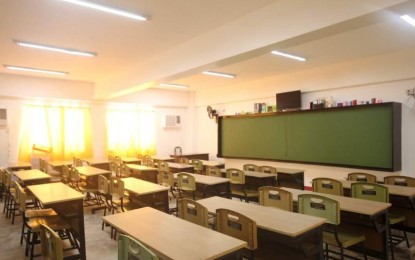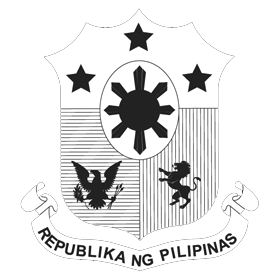
MANILA – The Second Congressional Commission on Education (EDCOM 2) and the Department of Education (DepEd) have forged a milestone partnership to map all private schools in the country to inform government policies and programs related to the complementarity of public and private education institutions.
"As Congress deliberates on measures to expand the Government Assistance to Students and Teachers in Private Education (GASTPE), this mapping will go a long way towards ensuring that government resources are invested strategically, optimizing both public and private capacity in delivering quality education to all," EDCOM 2 Executive Director Karol Mark Yee said in a news release on Monday.
"While mapping of public schools was previously conducted by DepEd and OpenStreetMap, this is the first time that DepEd will do a comprehensive mapping of all private schools across the country-- a critical next step in furthering its recently released policy, DepEd Order No. 6, series of 2024, on the public and private basic education complementarity framework," Yee said.
During the initial meeting last June 18, DepEd was represented by Assistant Secretary for Operations Francis Cesar Bringas, Tara Rama, Director Gemma Ledesma, and Marieta Atienza.
Also supporting this effort are the Private Education Assistance Committee (PEAC) led by its Executive Director, Doris Ferrer, and the Coordinating Council of Private Educational Associations of the Philippines (COCOPEA), led by its Executive Director John Jacome.
Building on the previous efforts of both DepEd and the private sector to generate a comprehensive dataset of public and private schools, EDCOM 2 will work with DepEd and private school partners from all regions of the country to collect and validate the location data of 12,212 private schools based on DepEd Basic Education Information System data throughout the month of July.
According to EDCOM 2, analysis of public and private school location dataset will help determine if the current backlog in classrooms and/or the congestion in public schools could be addressed through the provision of vouchers or subsidies to nearby private schools.
The partnership is also set to fast-track the collection and validation of data of private schools in the National Capital Region, Region 4-A (Calabarzon), and Bangsamoro Autonomous Region in Muslim Mindanao; and areas determined to have the most severe overcrowding in elementary and junior high schools based on classroom to learner ratios.
"We need to make sure that resources allocated to Government Assistance to Students and Teachers in Private Education are allocated and spent optimally with the goal of decongesting public schools and helping the poorest learners,” EDCOM 2 co-chairperson Senator Win Gatchalian said.
“Mapping where our private schools, congested public schools, and poorest learners are should help us to be more efficient in the use of resources," he said. (Leonel/Abasola/PNA)
 The Philippine News Agency is a web-based newswire service of the Philippine government under the supervision of the News and Information Bureau (NIB) of the Presidential Communications Office (PCO).
The Philippine News Agency is a web-based newswire service of the Philippine government under the supervision of the News and Information Bureau (NIB) of the Presidential Communications Office (PCO).